長崎 is unsurprisingly the capital of 長崎県 (ながさきけん - nagasakiken - Nagasaki Prefecture) and one of the largest cities in 九州 (きゅうしゅう - Kyushu), southwest of the main Japanese island of 本州 (ほんしゅう - Honshu). Throughout several hundred years of Japan's history, it served as a prominent port and trading post - one of the country's only windows to the world during its isolation. Unfortunately that's not the main claim to fame; as we all know, in 1945 長崎 became infamous as the second and last city to be struck by a nuclear warhead. Today, the bombing is just one dark chapter in the long and colourful history of 長崎 - let's open the book and start from the beginning.
It's hard to be sure where 長崎 got its name, but a popular theory explains that another way of writing the word means "long cape", referring to the way the city juts out into the harbour. The Portugese arrived in 1571 and 長崎 flourished as a trading post and centre of Christian missionary work until they were kicked out in 1639 and a national ban on Christianity was imposed. Japan's doors were locked at this stage and its self-imposed isolation lasted until 1858, during which time small parts of the port were the country's only points of contact with the rest of the world. As we shall see, the visitors definitely had an impact - 長崎 is a melting pot of culture, quite unlike any other city in Japan.
Perhaps the best shorthand description of 長崎 is 出島 (でじま - Dejima), an artificial island that served as a gated compound for merchants during the isolation. It was originally built to house Portuguese traders and stop the spread of Christianity but became a Dutch factory and trading post when they were expelled. Originally 出島 was a fan-shaped extension to the end of a peninsula surrounded on all sides by water and high walls, but since then the rest of the city has expanded around it and it's now surrounded by buildings. In reading about its history, you have to wonder whether the walls were there to keep people in or out; as the area's only source of information about the goings on in the rest of the world, it was more than just a curiosity for the local officials. In fact, whenever guests weren't poring over books in the library and marvelling at the unusual architecture, they were known to pocket some of the unfamiliar Western food to take home as presents.
I'm sure you can imagine their fascination - traditional Japanese buildings were customised with Dutch architecture and colourful flourishes, giving the area a very odd feel even from the outside. Inside, grand dining tables and freestanding beds sit conspicuously on top of the 畳 (たたみ - tatami) and intricately decorated wallpaper covers what would usually be plain walls. The latter would have been unusual enough in itself, but the Dutch merchants took it a step further - they bought 障子紙 (しょうじがみ - shoujigami - sliding screen paper), painted it themselves and used that as wall covering. This would get you very strange looks even today - I can't imagine the expressions of first-time visitors 300 years ago.
Unlike the rest of Japan, 長崎 received constant exposure to outside culture through 出島, which goes some way in explaining its international atmosphere. The island was designated a site of historical significance in 1922 and since then, protection and reconstruction efforts have been taking place. Ultimately, the plan is to relocate the surrounding urban areas and restore 出島 to its former state, so you can get the full experience; until then you'll just have to imagine yourself as a wide-eyed local official with pockets full of dinner rolls.
出島 isn't the only island that helped shape 長崎 economically, however. 端島 (はしま - Hashima) is another uninhabited island a short boat ride from 長崎 wharf, more commonly known as "軍艦島" (ぐんかんじま - gunkanjima - "Battleship Island") because of its distinct warship-like shape. It formed an integral part of the industrial era of 長崎, operating as a coal mining facility from the early 1900s until it was abandoned in 1974. It looks more like a prison island than workers' accommodation, particularly as you pull closer to its imposing sea walls.
軍艦島 was originally the home of thousands of workers and their families, providing accommodation in a colossal apartment block and a school that taught from primary to high school level. It's hard to imagine any of the buildings being functional now however, given how badly everything has broken down. Most of the walls and concrete have completely collapsed, leaving shells of buildings and rubble piled up everywhere; it feels like walking through a war zone. Not so - the state of 軍艦島 can be chalked up to the ravages of time and weather. To see the history and effects of the bombing, we need to go further toward the centre of 長崎, to an area known collectively as the "Peace Park".
On the 9th of August 1945 the B29 Bomber "Bockscar", carrying a 4.5 tonne plutonium bomb codenamed "Fat Man", attempted to bomb its primary target 小倉 (こくら - Kokura) in northern 九州. However, the smoke and cloud cover was too thick and after circling three times, the run was aborted and Bockscar headed towards 長崎, the secondary target. Visibility was no better when they arrived, but just before abandoning completely, the cloud cover broke and the bomb was dropped. The rest of the story should come as no surprise - the bomb exploded 500m above 長崎 at 11:02am, three days and several hours after the attack on 広島 (ひろしま - Hiroshima). The concussive force of the blast, followed by heat rays of several thousand degrees and the ensuing radiation flattened an area of 6.7 square kilometres, destroying a third of the city and claiming the lives of approximately 74 thousand of the total population of 240 thousand people.
The first structure built after the 原爆 (げんばく - genbaku - atomic bomb) was dropped was a black monolith at the hypocentre, marking the centre of the explosion. Surrounding it are numerous museums, memorials and monuments dedicated to the tragedy of the bombing and committing 長崎 to world peace. The 原爆 museum features photos of the city before and after the blast and displays of the damage to objects, buildings and people caused by the explosion and resulting fires. Perhaps most importantly, it displays information on how and why the bombing took place and how both sides contributed to the final tragedy.
Nearby, the Peace Memorial Hall stores the names of all the victims beside pillars of light that face the hypocentre and on the roof, a huge basin of water is lit up with 70 thousand lights to mourn each victim. As its inscription states, many asked for water after the explosion and the basin is there to provide it for them forever. It's emotionally confronting to walk through the area, but it's an important part of the history of 長崎 and shouldn't be ignored.
The rest of the Park is home to statues and sculptures donated from across the world and promoting world peace in the wake of the bombing. At its head stands what's known as the Peace Statue, a 10 metre bronze man erected for the 10 year anniversary of the bombing and sitting in an odd but symbolic pose. His elevated right hand is supposed to convey the threat of nuclear weapons, his outstretched left hand tranquility and world peace, his strong physique and gentle expression divine omnipotence and love, his closed eyes a prayer for the victims and his legs both meditation and readiness to help humanity. To his left and right sit memorials strung up with thousands of 折鶴 (おりづる - oritzuru - paper cranes) made by school students to offer their wishes for peace.
Finally, at a shrine 800 metres from the hypocentre stands a famous one-legged 鳥居 (とりい - torii - shrine gate). The force of the explosion knocked half of it down but miraculously, the other half remained upright. Apart from the memorials and monolith, this 鳥居 is one of the few outward signs of the 原爆 blast that remain in modern 長崎; the rest of the city stands as a testament to its physical and emotional recovery.
Today, 長崎 is a laid-back city that feels a bit like Melbourne; it's centred around its harbour and connected by a myriad of trams and street cars. From the food to the souvenirs to the lifestyle, it's an odd scramble of cultures; one of its 名物(めいぶつ - meibutsu - specialties), for example is トルコライス (toruko raisu - Turkish rice), which is ピラフ (pirafu - pilaf) with a schnitzel and sausage!
Chinese culture has also had a significant influence on the local fare, which is unsurprising given the city's large Chinese sector. Perhaps the most popular 名物 in 長崎 is what's called チャンポン (champon), a word meaning "mix" or "combination". Much like ラーメン (ramen), it's a cheap and cheerful bowl of Chinese noodles in a meaty, stocky soup but a bit more seafood-heavy. チャンポン is not the prettiest food to look at with its milky soup and pale greens and pinks, but it's made with very fresh ingredients and rich stock; it tastes far more appealing than it looks. 皿うどん (さらうどん - saraudon - literally "plate udon") is a similar dish that instead sees the ingredients cooked in a thick, starchy sauce and poured boiling hot over a plate of dried noodles to soften them. Both チャンポン and 皿うどん are now sold country-wide at several 長崎-born restaurant chains, but it's always best to get them straight from the source.
The Portuguese made their mark on 長崎 as well with カステラ (kasutera - "Castella"), a plain, spongy cake made with lots of sugar. カステラ is sold at bakeries nationally and bite-sized variations like ミニカステラ (mini kasutera - mini Castella) are popular festival food, but 長崎 is where it started. It remains an extremely popular present to take home for friends and family and now comes in a variety of flavours such as チョコ (choko - chocolate), 抹茶 (まっちゃ - maccha - green tea) and even チーズ (chiizu - cheese).
However you choose to pass the time in 長崎 - watching the world go by outside a breezy boardwalk restaurant, clattering along in a street car toward the city centre or reflecting quietly at the 原爆 museum, you'll have to agree that the city has come a long way since the start of its story. Having overcome one of the worst tragedies in Japan's history and embraced its multicultural roots, 長崎 has a unique, relaxed atmosphere that you won't find in 東京 (とうきょう - Tokyo) or 大阪 (おおさか - Osaka). Don't leave 九州 without adding your own little chapter.

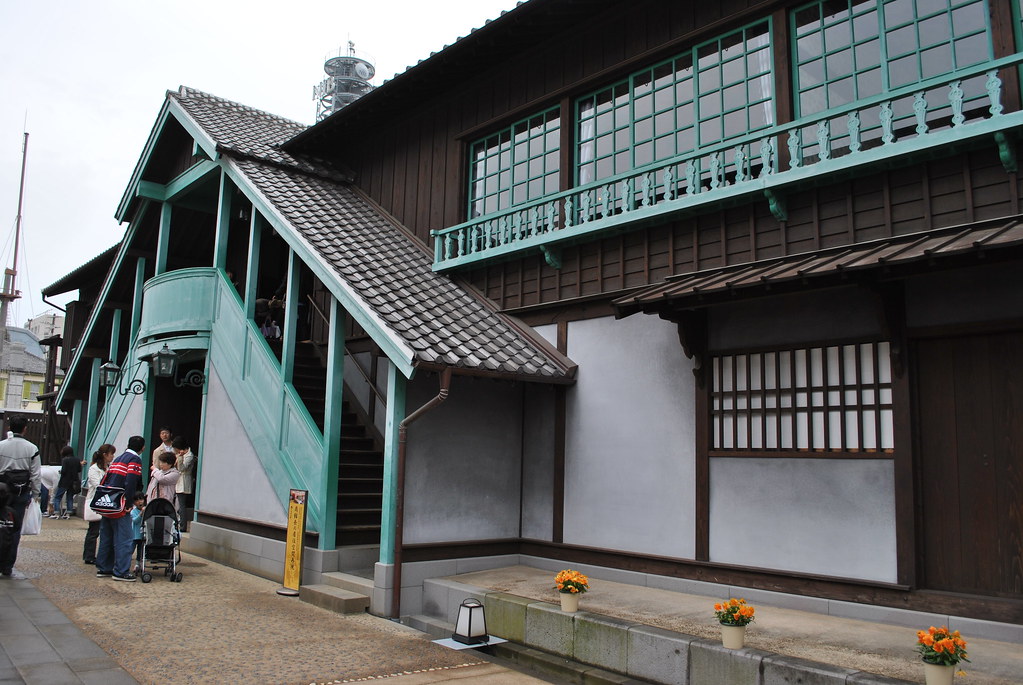
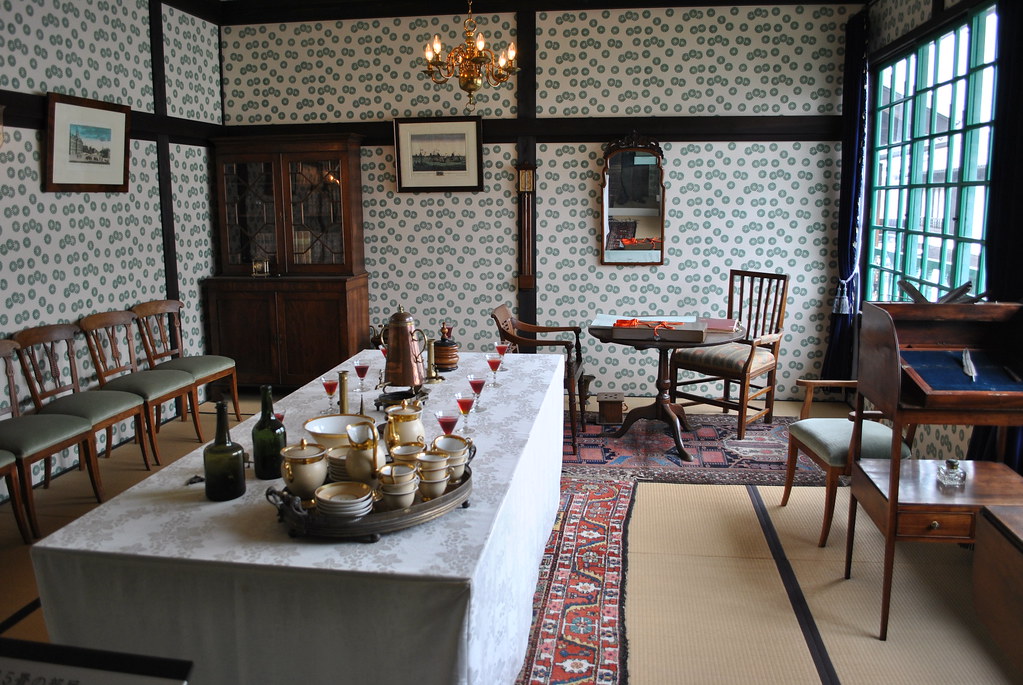
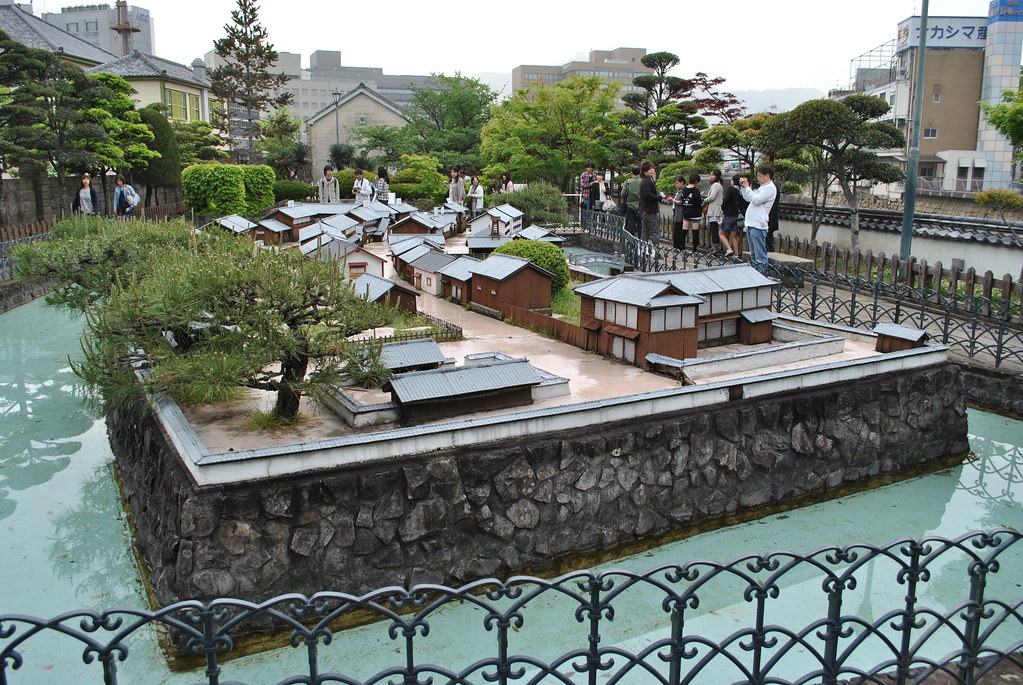
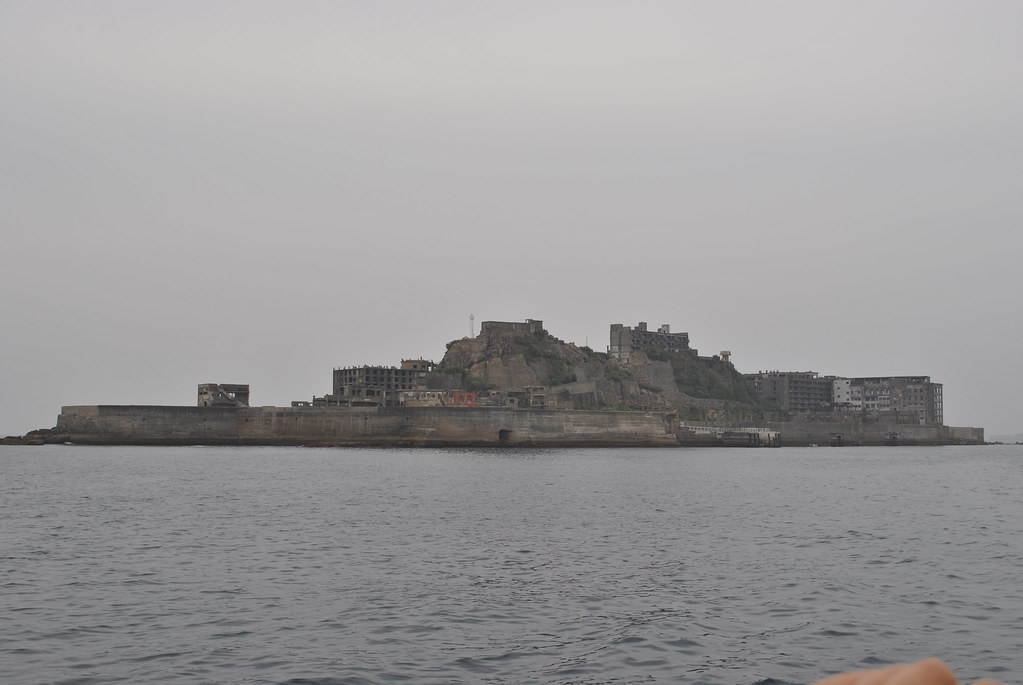

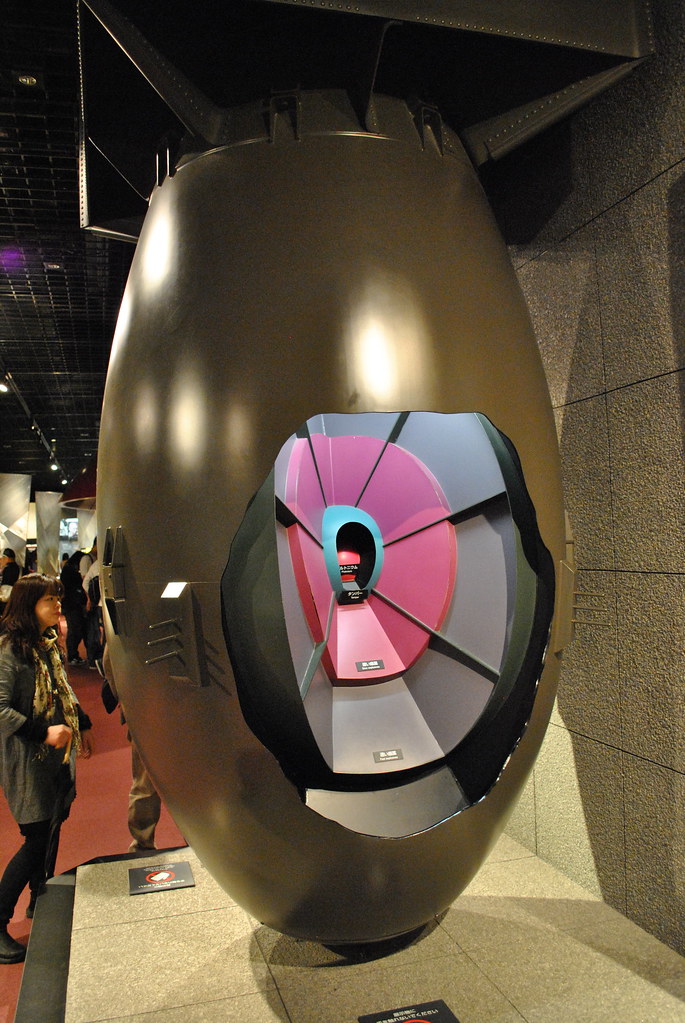

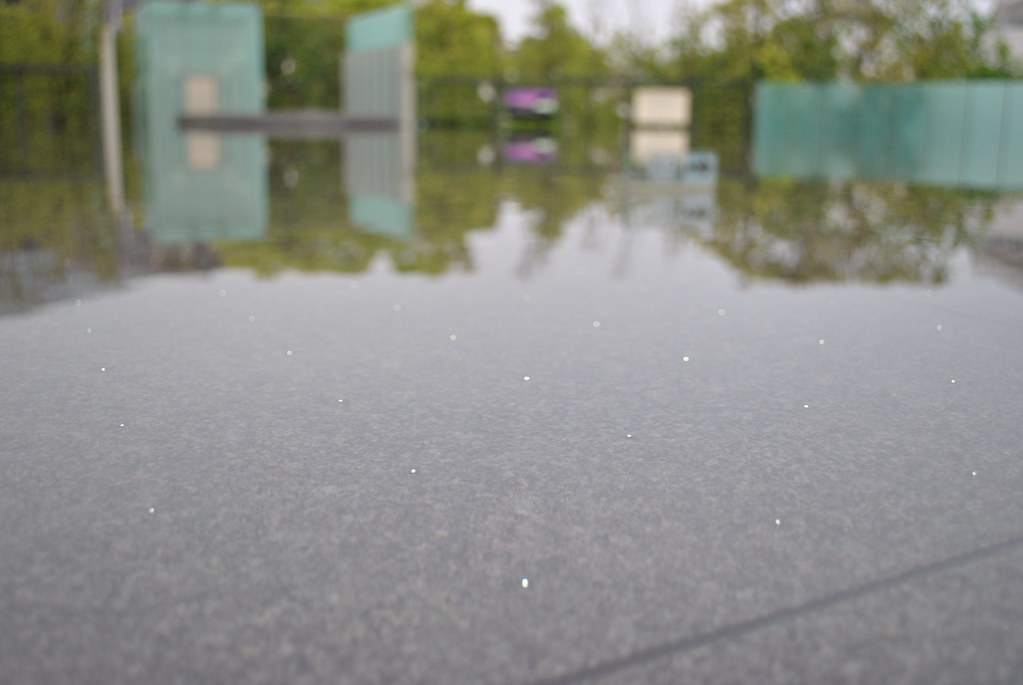
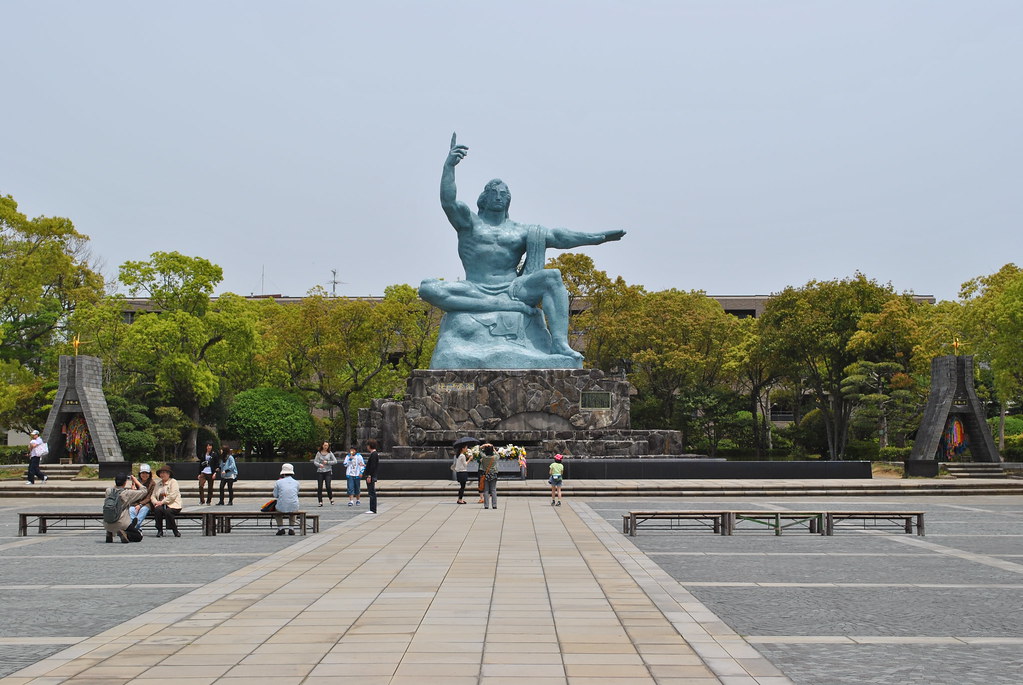




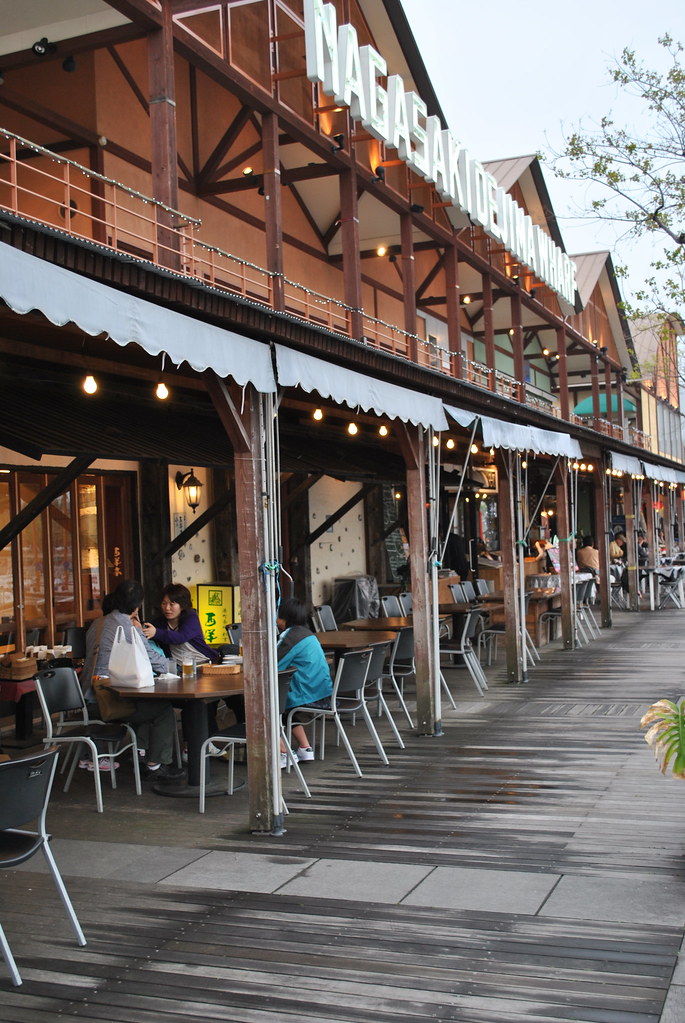
No comments:
Post a Comment
If you have any questions or additions, I would love to hear from you. I may not know the answer, but I'll do my best to find out in any case! You can post anonymously if you like, but abusive/unintelligible/inappropriate comments will not be published.